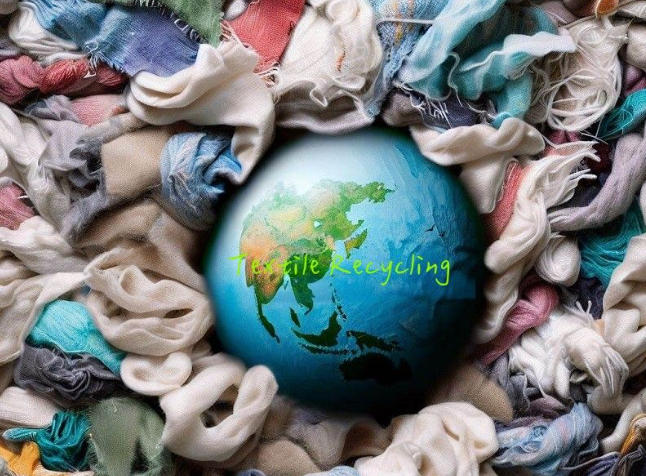The Sustainable Cycle: Fabric Recycling Explained
The fashion and textile industries are often criticized for their environmental impact, from water consumption to waste generation. But a quiet revolution is happening behind the scenes: fabric recycling. This process is key to turning the industry’s linear “take-make-dispose” model into a sustainable, circular one.
Why Fabric Recycling Matters
Every year, millions of tons of textile waste end up in landfills. Here’s why that’s a problem and why recycling is the answer:
- Environmental Strain: Textile waste in landfills releases methane, a potent greenhouse gas. Synthetic fabrics, like polyester, can take hundreds of years to decompose, and they can leach harmful chemicals into the soil and water.
- Resource Conservation: Producing new textiles is incredibly resource-intensive. It requires vast amounts of water, energy, and land. By recycling existing fabrics, we can significantly reduce the demand for these virgin resources.
- A Circular Economy: Fabric recycling is a core pillar of a circular economy, where materials are kept in use for as long as possible. This minimizes waste and maximizes the value of every fiber.
The Two Main Paths of Fabric Recycling
Fabric recycling isn’t a one-size-fits-all process. The method used depends on the type of fabric and the desired outcome.
- Mechanical Recycling: This is the most common method. It involves physically breaking down textile waste into its fibrous form.
- The Process: Old garments are sorted by color and material, then shredded or cut into smaller pieces. These pieces are then “carded,” or combed, back into loose fibers. These fibers can be spun into new yarns or compressed into products like insulation or stuffing.
- Pros: It’s a relatively low-cost process.
- Cons: The fibers often get shorter and weaker during this process, which can lead to “downcycling” where the new product is of lower quality than the original.
- Chemical Recycling: This is a more advanced method, particularly effective for synthetic fabrics like polyester.
- The Process: Chemical solvents are used to dissolve textile waste and break it down into its basic building blocks (monomers). These pure components are then reassembled to create new fibers that can be just as high-quality as virgin materials.
- Pros: It can handle mixed fiber blends more effectively and produce fibers that can be recycled multiple times without losing quality.
- Cons: It’s generally more complex and can be more energy-intensive than mechanical recycling.
From Old T-Shirt to New Product: The Journey
Fabric recycling isn’t just about making new clothes. The reclaimed fibers are used in a surprising number of applications:
- New Apparel: Recycled cotton can be blended with virgin cotton to make new jeans, T-shirts, and other garments.
- Industrial Use: Fibers can be turned into cleaning rags, insulation for homes, carpet padding, and even geotextiles for civil engineering projects.
- Home Goods: You’ll find recycled fibers in furniture stuffing, mattresses, and car seat cushions.
The biggest challenge facing fabric recycling today is sorting. Most of our clothes are made from blends of different fibers (like cotton and polyester), which makes them difficult to recycle. However, new technologies and increased awareness are pushing the industry towards better solutions.
Next time you clear out your closet, remember that your old clothes have a second life. By donating them to a textile recycling program, you’re not just decluttering—you’re contributing to a more sustainable world.
Post time: Aug-12-2025






